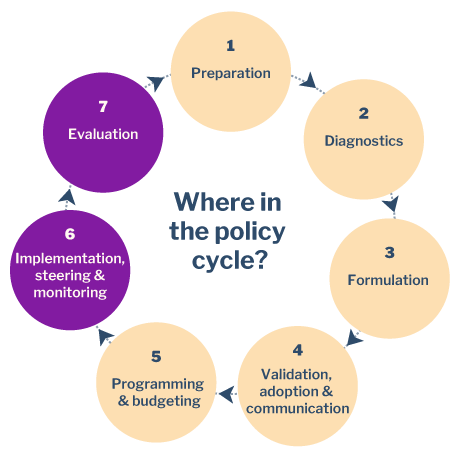Nudging techniques: Comparison, Mindfully Setting the Default

People are often unaware of the unequal balance of men and women in their workforce. Unconsciously we tend to select people who are similar to us, meaning the result is a highly homogeneous workforce. Corporate boards in Germany, the Netherlands, and the UK wanted to increase diversity to drive corporate success and equity, so they designed an approach setting standards for good organizational practices that included greater gender representation. Their solution went beyond just setting the standard, and also established a requirement that boards and committees either comply with these standards (i.e. increasing diversity in board leadership) or publicly disclose why they did not.
This soft default means organizations are held accountable for their results, and creates an expectation of diversity. Organizations are more likely to comply than explain, so they can avoid explaining a behaviour that is now “below expectations” and they are not negatively compared to their competitors.
Where in the policy cycle can this approach be used?

Potential for change
While setting a quota might be a policy, the “or explain” part of this concept is a distinct nudge. And it’s one that could be used for a wide variety of goals. Not only does it help to set a standard, but it also takes advantage of companies’ desire to promote a positive public identity.
Sources
Bohnet, I. (2016). What Works, Gender Equality by Design. Cambridge, Massachusetts: The Belknap Press of Harvard University Press.
Montreal Gazette Editorial Board (2014) A welcome nudge toward gender equality in corporate board rooms ![]() .
.